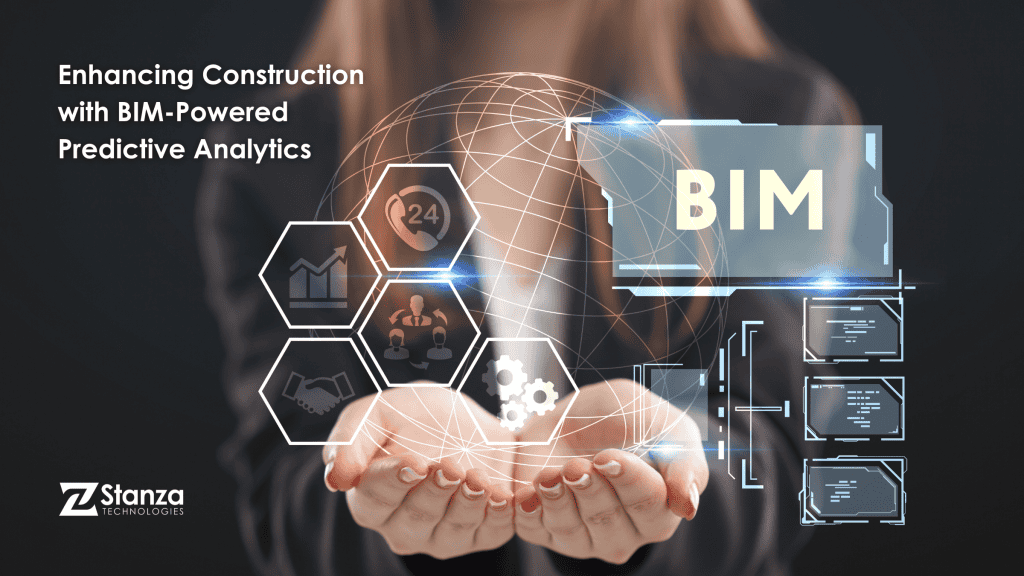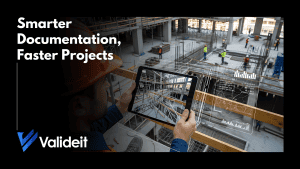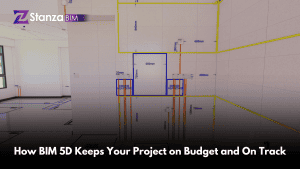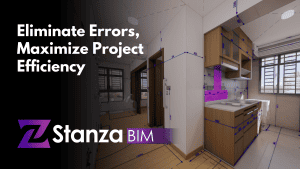Building Information Modeling (BIM) has revolutionized the construction industry by providing a digital representation of building projects and facilitating collaboration among stakeholders. While BIM is traditionally known for its role in design and visualization, its potential extends far beyond these functions. In recent years, BIM has emerged as a valuable tool for predictive analytics in construction, enabling project teams to forecast project outcomes, identify risks, and optimize decision-making processes. This article explores how BIM is being harnessed for predictive analytics in construction and the benefits it brings to project management and execution.
BIM in Predictive Analytics:
BIM serves as a rich source of data for predictive analytics in construction. By integrating various types of data, such as geometric information, material specifications, construction schedules, and cost data, BIM provides a comprehensive digital representation of the project. This data can be leveraged to analyze historical project performance, identify trends and patterns, and forecast future project outcomes with greater accuracy.
Predictive Modeling with BIM:
One of the key applications of BIM in predictive analytics is predictive modeling. Using historical project data stored within the BIM model, predictive modeling techniques, such as regression analysis and machine learning algorithms, can be applied to predict project parameters such as cost, schedule, and resource utilization. By analyzing past project performance and identifying correlations between different variables, predictive models can provide valuable insights into potential risks and opportunities for optimization.
Risk Assessment and Mitigation:
BIM-based predictive analytics can also be used for risk assessment and mitigation in construction projects. By analyzing project data and identifying potential risk factors, such as design changes, material shortages, or schedule delays, project teams can proactively assess the likelihood and impact of risks on project outcomes. This enables them to develop risk mitigation strategies and contingency plans to minimize the potential negative impact on the project.
Optimizing Resource Allocation:
Another benefit of BIM-based predictive analytics is its ability to optimize resource allocation in construction projects. By analyzing historical resource usage data and forecasting future resource requirements, project teams can make informed decisions about resource allocation, procurement, and scheduling. This ensures that resources are utilized efficiently and effectively, minimizing waste and reducing costs.
Enhancing Decision-Making Processes:
Ultimately, the use of BIM for predictive analytics enhances decision-making processes throughout the construction project lifecycle. By providing project teams with valuable insights and foresight into project performance, BIM enables them to make proactive decisions that mitigate risks, optimize resources, and improve project outcomes. This leads to more efficient project delivery, reduced costs, and greater stakeholder satisfaction.

Building Information Modeling (BIM) is a powerful tool for predictive analytics in construction. By leveraging BIM‘s rich data environment, project teams can develop predictive models, assess risks, optimize resource allocation, and enhance decision-making processes. The integration of BIM with predictive analytics enables construction projects to be executed more efficiently, effectively, and sustainably, ultimately leading to improved project outcomes and greater success in the built environment.










